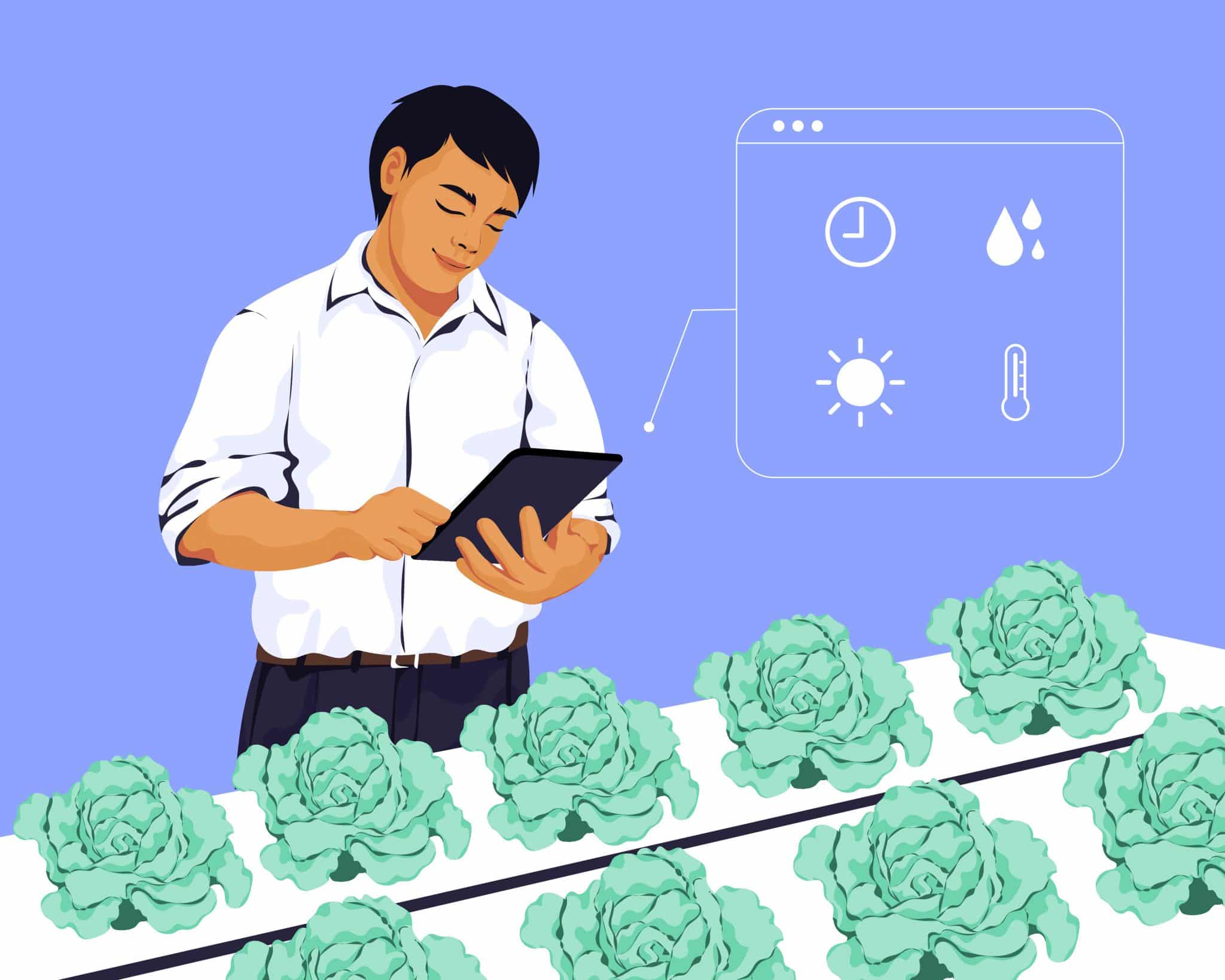If you want to grow plants in a hydroponics system, you will need to know how to germinate seeds to get your indoor garden up and running. Starting seeds indoors can be tricky if you are unfamiliar. But luckily, it is a simple process to understand.
Here is a guide to germinating seeds for hydroponics in no time.
How to Germinate Seeds: 4 Steps
The first step to indoor growing is sprouting seedlings from seeds to prepare them for planting. That is why many growers have questions about how to germinate seeds for hydroponics.
Here is a step-by-step guide to the plant germination process.
1. Soak Seeds in Water
As mentioned, the first step in germinating seeds is soaking them in water. This part helps soften the seed coat and encourages water uptake. Once the seeds absorb enough water, they will start to swell, and the embryo inside will begin to grow. Sufficient soaking time should be between 6-12 hours.
For older seeds, soak the seeds in a small glass of water and apply a few drops of regular store-bought hydrogen peroxide —typically concentrated around 3% hydrogen peroxide, to disinfect the seeds and provide extra oxygen to kickstart the germination process.
2. Provide Warmth and Humidity
One of the most common methods is germinating seeds in a paper towel or a plastic bag with holes. Both methods provide seeds warmth and a humid surface to sprout on.
3. Give Ample Light
Seeds need light to photosynthesize and produce energy for growth. Once the first green false leaves (cotyledons) sprout above the soil/substrate, make sure to provide sufficient light to the seedling to prevent them from excessively stretching, looking for light.
4. Prepare Seeds for Transplant
Once the seeds have germinated, they can be transplanted into a type of growing media and grow into healthy plants.
This is a basic rundown of germination. It is important to note that the more demanding the plant is, the more technical the process becomes.
Phases of Plant Germination
A plant seed undergoes several different phases as it germinates into a seedling. Here is a breakdown of the various plant germination stages.
Imbibition Phase
The first step of germination is pre-germination, also known as imbibition. Imbibition is when a seed starts absorbing water, and its coat begins to soften. This is when the seed starts to develop roots.
The second phase of germination is germination proper. During this phase, the embryonic root begins to grow, and the seed leaves emerge.
Dormancy Phase
Dormancy is when the seed cannot germinate, even under ideal conditions. It’s the result of an adapted plant survival trait activated by internal (endogenous) or external (exogenous) factors:
- Exogenous Dormancy-External factors like seed coat issues (moisture) or soil imperfections
- Endogenous Dormancy– Internal factors like chemical changes or seasonal (temp) cues
Unfortunately, dormancy can prevent consistent growth among your plants. Some seeds require a cold period of dormancy for a few months, then brought back to room temperature to enable germination. – mimicking winter conditioners for the seed. Two weeks in a refrigerator will suffice for seed types that require dormancy.
Growth Phase
The third and final phase of germination is post-germination. This stage is when the plant continues to grow and develop its first set of leaves. Once a plant has gone through all the germination stages, the seedling is ready to be transplanted.

GrowPro Hydro Seed Starting Advice: 6 Mistakes to Avoid
There are a few common mistakes that hydroponic growers encounter when starting plants from seeds. To help you avoid them, we’ll cover some common germination missteps and how to avoid them.
1. Wrong Plant Timing
A common mistake growers make in germinating hydroponic plants is the wrong timing. Generally, hydroponic plants should be germinated for two to three weeks before they are transplanted into their final growing medium.
Wrong timing for seed starting can lead to several problems, such as:
- Stunted growth
- Poor root development
- Death
To ensure successful germination, it is essential to understand the proper timing for each hydroponic plant — especially if the seedling will be transplanted outdoors. Seedlings are delicate and may need time to harden in indirect light before being placed under direct sunlight.
2. Wrong Growing Media
Choosing the right hydroponic media for your specific plants is crucial. For example, coco coir is a popular growing medium, forgiving and retains water.
In contrast, perlite will not retain as much water as coco but can provide air and oxygen to the roots. Seeds requiring air and water intake may fail to germinate or experience stunted growth, so a combination of both is usually desired.
Selecting a hydroponic media that will provide the right balance of air and moisture for your plant’s specific growing requirements is essential. Research the growing media options that best apply to your seeds, and closely monitor the moisture levels.
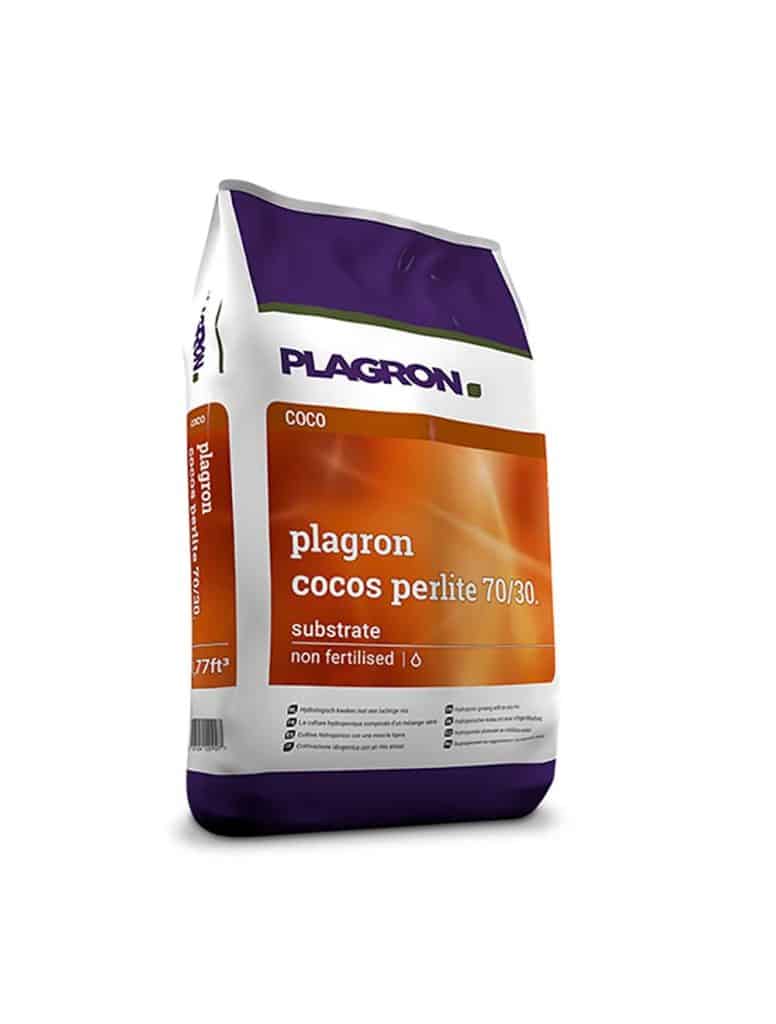
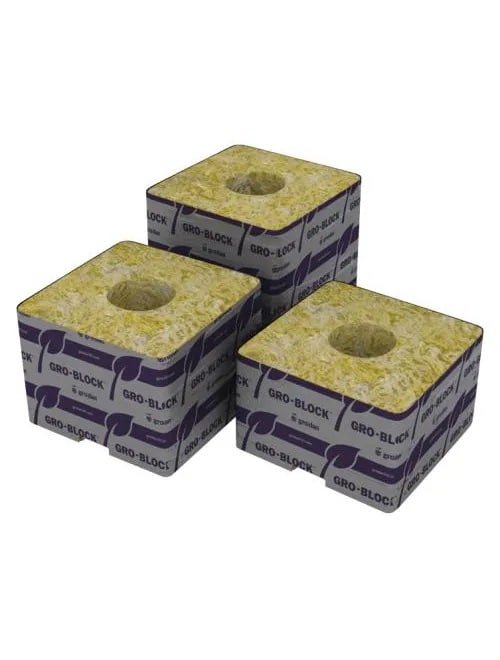
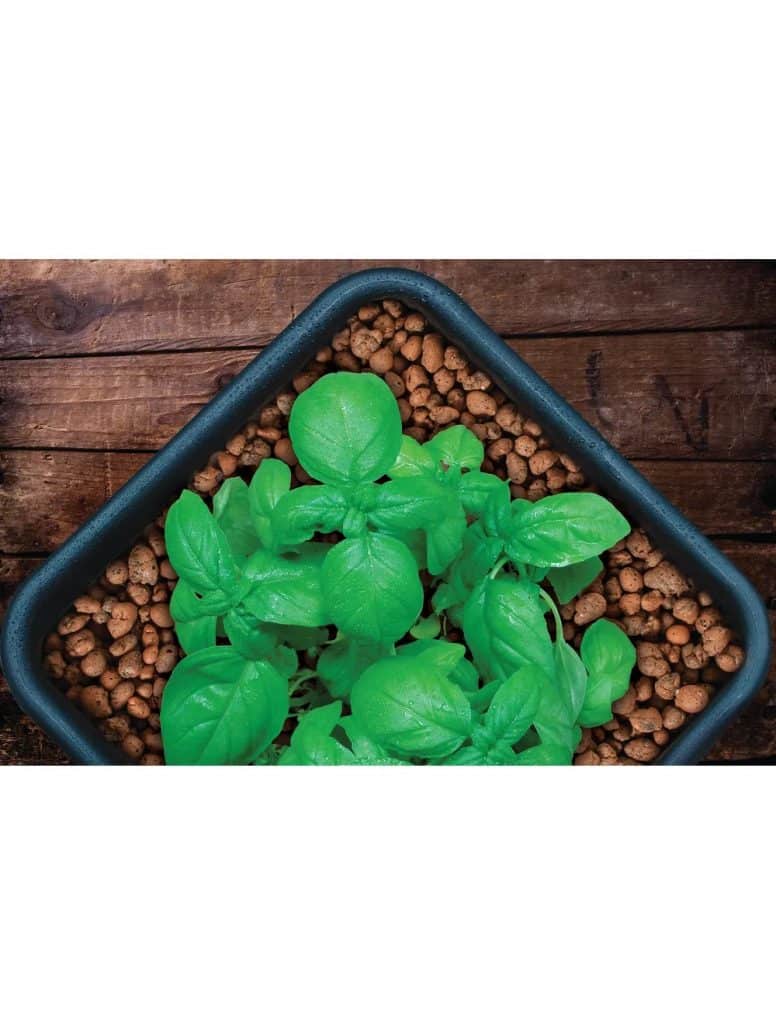
3. Insufficient Light
Seeds need light to photosynthesize and produce energy for growth. If they do not have enough light, they will not be able to grow. However, seedlings are very sensitive to light and can be scorched by too much direct sunlight. For this reason, it is vital to provide seedlings with indirect light or a lighting system designed for young plants, such as LED or fluorescent grow lights. Understanding the type of grow lights your seeds need is essential in germination.

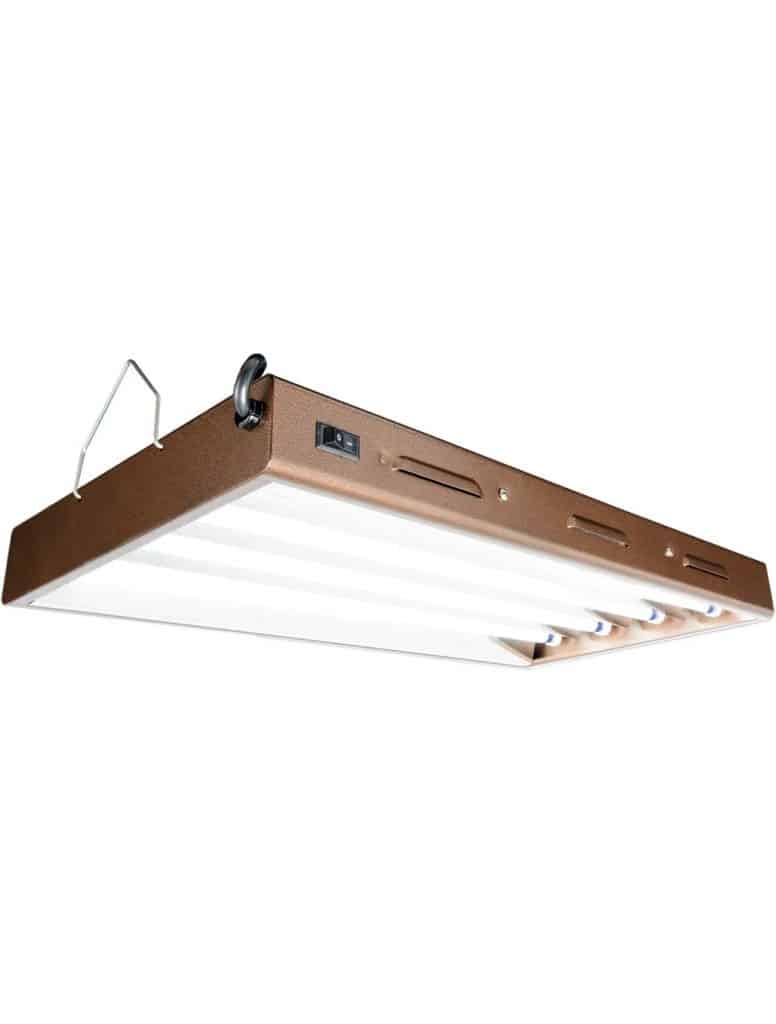

4. Insufficient Heat
Proper airflow is key to healthy germination. Seedlings require air and warm, comfortable temperatures as they grow, and they will quickly become stressed if the air around them is too hot, too cold, or stagnant.
As mentioned, seedlings must also receive adequate heat. The ideal temperature for most seeds is between 68ºF and 77ºF (20ºC and 25ºC). The climate should be around 60-70% humidity, gradually reducing it to approximately 40% as your plants mature. A good rule is: If it is comfortable for you, it will be comfortable for the seedlings.
5. Over and Under Watering
Another common mistake is not keeping the growing medium moist enough. Seeds need moisture to germinate but can quickly drown if the medium is too wet. Water timers automate this process by regularly checking the growing medium water levels and adding water to keep it evenly moist.
Remember that too much water can drown the seeds and prevent them from getting the oxygen they need to respire. For a seedling to grow into a healthy plant, you must retain a balance among all the elements.
6. Lack of Oxygen
Another common mistake is not providing enough air. Seeds need oxygen to respire and produce energy for growth.
There are a few different ways to ensure that your seeds have enough oxygen, such as:
- Aerated growing media — perlite, air stone, gravel, and pumice
- Water pump —delivers air and water to the seedling through bubbles in the growing media
If seedlings do not have enough oxygen during germination, they will not grow.
What to Do After Germination
Germinating seeds for your hydroponic system is the start of the seed propagation process. After you figure out how to germinate seeds for your hydroponic garden, you are still a few steps away from planting your burgeoning seedlings into their final growing containers.
Here is a general walkthrough of what you need to do after germinating (and before you transplant seedlings into their final grow container):
- Transplant germinated seeds to starter trays, aka cell trays (often using starter plugs)
- Put cell trays in a propagation tray
- Add water to the propagation tray
- Cover the propagation tray with a propagation dome
- Put it under bright lights (seedling lights) on a seedling heat mat



Shop Seedling Propagation Supplies Today!
Germinating seeds hydroponically may seem challenging, but—as you have seen—it is a process that can be quickly learned. Now that you know how to germinate seeds in hydroponics and what to do once seeds have sprouted, it is time to choose your supplies.





